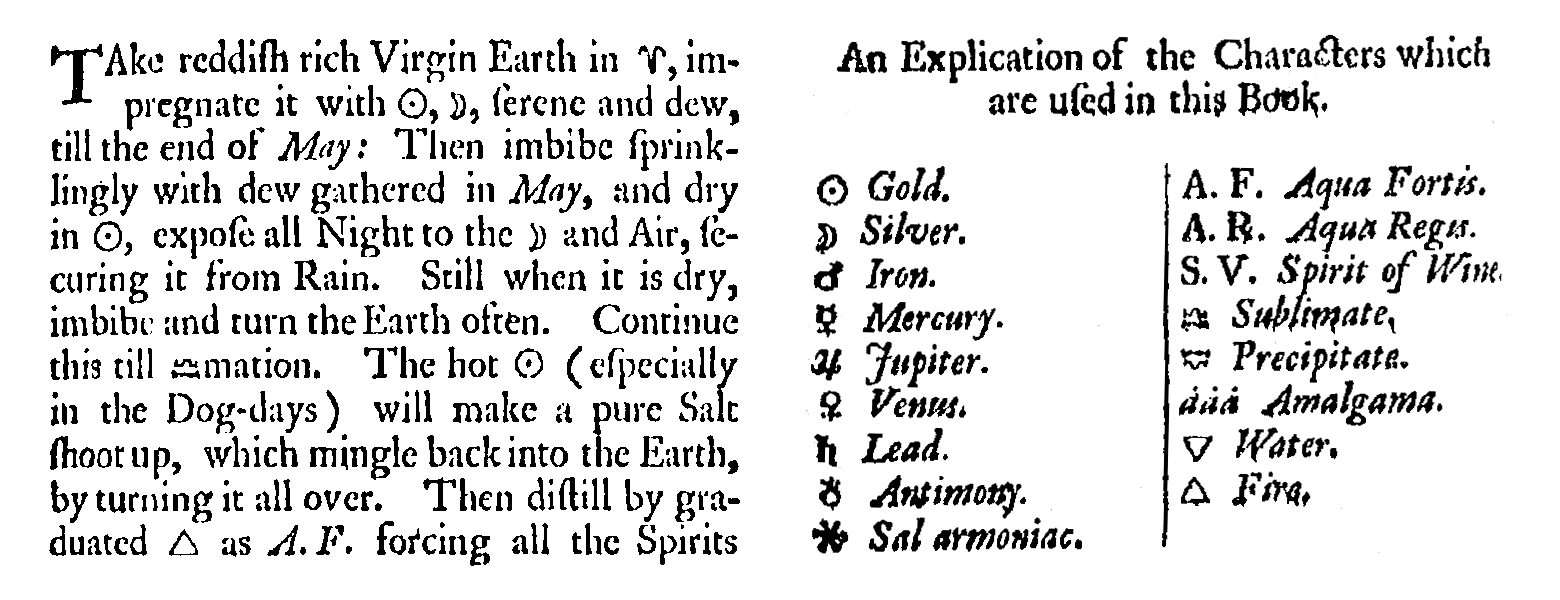Of all the problems regarding large scale clinical trials cataloged by James Penston, the most compelling is the inverse relationship between practical value and trial size. This could almost be formulated as a law:
The clinical value of a randomized controlled trial is inversely related to its size
Of course, clinical is used in the original sense, meaning at the bedside.
It is a testimony to the effect of propaganda promoting “powerful” clinical trials that this law may sound counter-intuitive when in fact it is so obvious: if it takes 18,000 patients to demonstrate an effect, how relevant or useful is the information likely to be for a clinician dealing with an individual patient? And there is now some empirical evidence that the phenomenon of conducting, reporting, and inflating trials with “tiny effects” is getting more and more common.Continue reading “Why N of 1 is enough…”


